Wildlife-smart communities: helping nature and people thrive together
By scaling up wildlife-smart communities across Europe, we can support wildlife comeback and take co-existence to the next level.

By scaling up wildlife-smart communities across Europe, we can support wildlife comeback and take co-existence to the next level.
Wolves are ecologically important animals that benefit people and nature. Rather than reducing the wolf’s protected status, the European Commission should focus its efforts on encouraging and enabling better livestock protection.
In a recent study conducted by Rewilding Portugal and partners within the LIFE WolFlux project, nearly half of interviewees were open to the idea of living alongside the Iberian wolf under certain conditions. Feedback from the study will help the team in their rewilding efforts.
Rewilding Europe is delighted to welcome the Living on the Edge project to the European Rewilding Network (ERN). The aim of this Austrian multimedia initiative is to raise awareness of large predators in Central Europe, and to promote the co-existence of humans, wildlife and wild nature. The new membership, which takes the number of pan-European network members to 68 (including Rewilding Europe’s eight operational areas), represents the ERN’s second high-impact communications project.
Rewilding Europe is delighted to welcome a new member from Italy to the European Rewilding Network. Working to protect wolves in the Italian Alpine Arc region, the Return of the Wolf project takes the number of network members to 63, distributed right across Europe.
A succession of European Erasmus+ students are now volunteering with Italian NGO Salviamo l’Orso. As they make an invaluable contribution to Marsican brown bear conservation in the Central Apennines rewilding area, they are also learning from their experience.
Rewilding Europe’s writer and editor Daniel Allen spoke with Alexandros Karamanlidis, our regional manager and PhD wildlife biologist about the resurgence of apex predators across much of Europe, and the implications for conservation strategies and tourism.
During the bison monitoring conducted by the bison rangers in the Southern Carpathians last week, four of the 30 bison in Armeniș were found dead. The weakest bison in the herd were outcast by the rest of the group and as a result they became more vulnerable to predators. At least two of them were attacked by a pack of stray dogs that formed in the area.
On June 5 another event was held to share experience between members of the European Rewilding Network. This time the subject was about coexistence between people and large carnivores. This sixth web-based seminar included a presentation of two best-practice examples from areas with existing conflicts between local people and wildlife in Bulgaria and Spain. Webinar discussions focused on innovative methods as to how to mitigate human-wildlife conflicts, and turn such problems into new opportunities.
Large carnivores are among the most controversial and challenging species to conserve in our modern and crowded world. Despite this, the brown bear, the Eurasian lynx, the gray wolf and the wolverine today all have stable or increasing populations in Europe. The European situation showcases that it is possible for large carnivores and people to share the same landscapes.